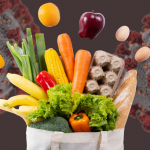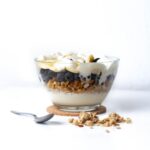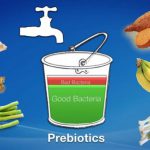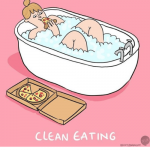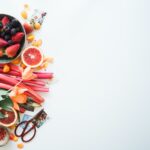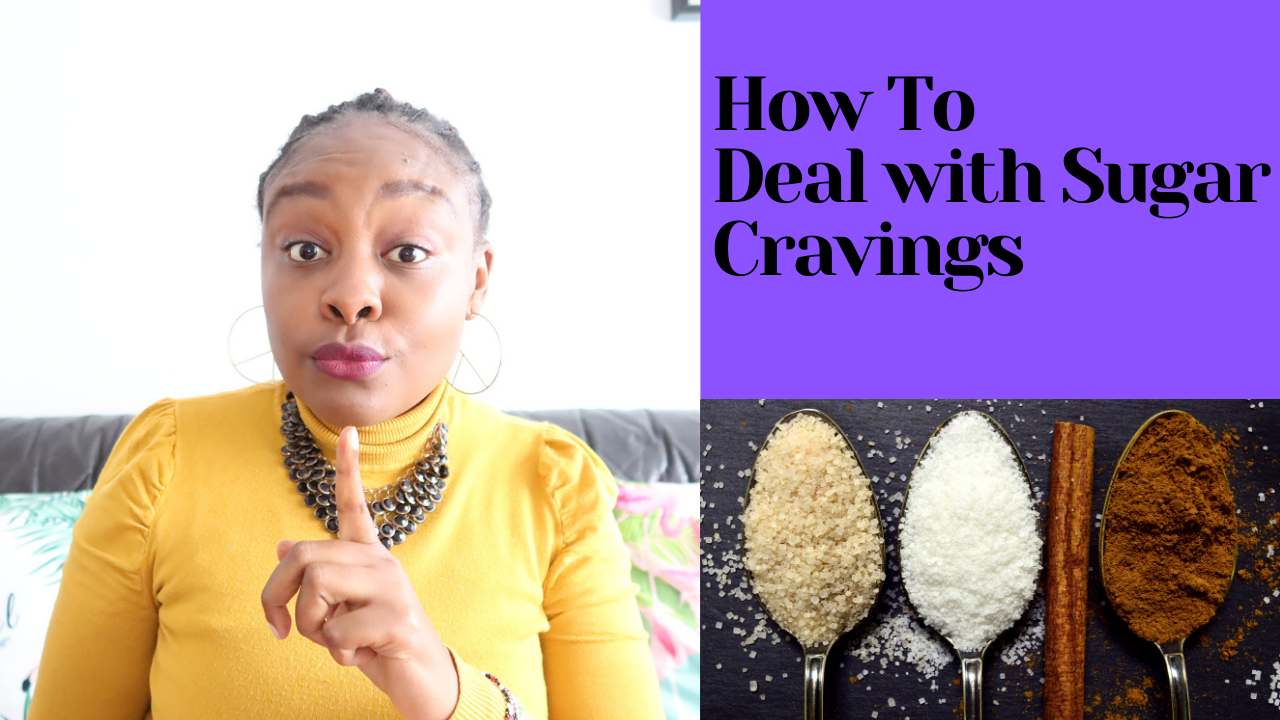Sugar is undoubtedly one of the most debated food components that pose a high risk to our bodies. There is enough research that documents its effects on our health and well being which include a contribution to obesity, type 2 diabetes, heart disease, cancer, and tooth decay.
It is quite concerning to realize just how much our modern diet practices have us consuming so much sugar, with or without our conscious knowledge. We all know how difficult it is to curb the sugar cravings as it is, and so this video will help you into some practical steps to start reducing the sugar cravings.
In the first place, sugar can be either naturally occurring in foods like fruits and vegetables-which has little effect on your blood sugar, or Free sugar that is mostly found in processed foods and can be connotated in more than 56 terms on your food labels which is where the risks come from.
It is estimated that an average modern adult could possibly be consuming up to 17 to 20 teaspoons of added sugar per day. This is dependent on the type of food and drinks that a person is consuming.
It is worth noting that the World health organization recommends anything from 5 to 10 teaspoons of free sugar in a day as per January 2020 guidelines. The free sugar includes glucose and dextrose, fructose, household sugar (sucrose), as well as malt sugar (maltose), and also sugars that are found in honey, syrups, fruit juices, and fruit juice concentrates. Free sugars are either added to the food by the consumers themselves (e.g. sugar in coffee, honey in muesli), but they are also found in many processed foods (e.g. ready meals, soft drinks, cookies) and in the catering sector (e.g. sugar in desserts).
Before we go on, I would like to tackle the constant question as to whether there is a better sugar? Better sugars—could include maple syrup, coconut sugar, and date syrup—that score low on the glycemic index and have lower amounts of fructose. Sucrose (which is what cane sugar is) and glucose are what cause insulin levels to spike, whereas fructose does not.
Fructose is what’s found in fruit (for the most part). However, too much fructose can be challenging for the liver to metabolize. The recommended quantity of fructose per day should not exceed 50 grams. Over this quantity, the metabolism of fructose in the liver starts to produce free radicals.
In essence, what you’re looking for in a better sugar is both a low glycemic index, a fructose content that is not too high, and additional nutrients that cane sugar does not offer.
So the best sugars could include:
Date syrup is not just sugar — it’s actually a food made from fruit. Date syrup is low on the glycemic index
Raw honey, especially raw local honey, is much like dates in that it’s real food. Please underline the word RAW here since it’s quite difficult to find this type of honey and it’s really not what you will find on storefronts.
Maple syrup Sourced straight from trees
coconut sugar, which comes from blossoms of the coconut tree
Blackstrap Molasses Rich in iron, potassium, and calcium
Some other additives that you definitely have to avoid would be agave syrup for the high fructose content as well as corn syrup that’s also high in fructose.
So now, you may ask, how do you cut back on these free sugars to avoid the several risks that come about from consuming them? Here are some practices you can begin today!
1. Cut back on Sugar-Filled Drinks- These include sodas, energy drinks, sports drinks, and even fruits turned into juice. The so-called smoothies and fruit juices indeed have loads of sugar in them and this is the major reason why we recommend eating your fruits as opposed to drinking them. An example would be for instance apple juice that has about 12 teaspoons of sugar for a 450 ml pack. You can replace these with water, infused water, unsweetened teas and coffee, and so on. Solid studies show a significant change in weight when you cut out sugary drinks.
2. Choose whole foods- whole unrefined or unprocessed food components are in most cases free of added sugar and other additives to preserve them. These substances can be emulsifiers, artificial flavors, and so on. So buying whole foods and cooking them instead of trusting someone else-in this case restaurants ensures that you also cut back on the added sugars
3. Read your labels and check for sugar in all the food you buy from the isles. Manufacturers always add sugar when a food item is labeled as “Fat-Free” or “Low Fat” or even “Sugar-Free” There is always a catch in processed food to improve the taste and market of the said products. Food companies may use more than 50 other names for the sugar which is very difficult to spot. It is for this reason that I recommend buying more food from the peripheries of the supermarket as opposed to the peripheries.
4. Eat more protein and fat. In this case, you can go plant-based if you may, or consume lean cuts of meat as well as the less saturated fat components. The thing with food that is high in added sugar is that it may also contain a high amount of saturated fat and sodium. This is due to the hyper-palatability effect that manufacturers tend to always capitalize on. Hyper-palatability is simply how the food product ends up tasting. It’s the same way when you feel consuming French fries alone maybe a little bland. But when you throw in a piece of chicken or meat, then it becomes one meal that you just don’t want to give up. Sugary foods are created in such a way that they blend in with high doses of fat and sugar for instance donuts for them to taste good. This causes an addiction. However, a diet high in protein and low in sugar has the opposite effect of sugar cravings. If you feel fuller, you are less likely to crave the quick hunger fix that sugar presents to you.
5. Don’t fall prey to the less processed sweeteners. Sugar has been documented to be addictive to the extent of drug addiction. Think in the lines of Cocaine addiction, although this is still very debatable. It is possible to go into withdrawal when you reduce your sugar intake. Studies have even shown that rats experience signs of anxiety and depression after a high sugar diet was stopped. You could debatably go for such alternatives as stevia, xylitol, Erythritol, and so on. However, still ensuring that you are within the limits of 5 to 10 teaspoons per day.
6. Another thing that you could do is to stop keeping sugar in the house. There is always the willpower to stop yourself to go to your fridge or pantry for a sugar fix. Studies show that your circadian rhythm or your sleep cycle increases the hunger or cravings for sugar or starch in the evenings. If you have snacks that are high in added sugar in the house, this may trap you from achieving your goal to kill the cravings. Remember something as little as a single tablespoon serving of ketchup may have 1 teaspoon of sugar!
In the long run, sugar remains a culprit to our health and you will keep learning some more facts and nutrition news about it. There is no doubt about that. For obvious reasons, however, avoiding it goes a long way towards eliminating the risk of heart diseases, obesity, cancer, acne, and other chronic illnesses.


